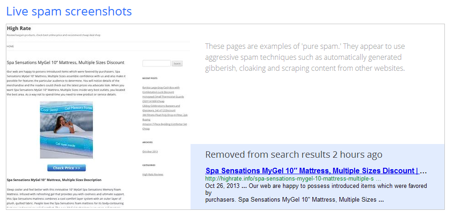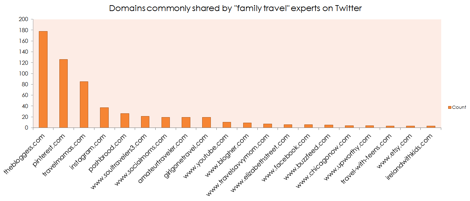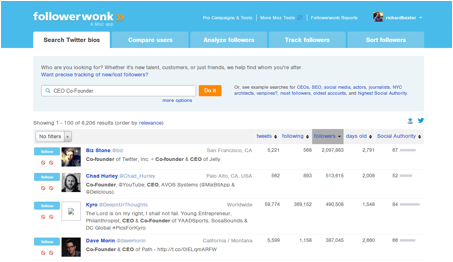
Richard Baxter is the CEO and founder of SEOgadget, a creative agency specialising in Technical SEO, Conversion Rate Optimisation, Content Creation and Link Building in competitive industries.
SEO is such an exciting, fast moving discipline to keep track of. Frequent algorithm changes in Google’s Organic search results (and indeed, the actual layout of the search results pages themselves) enforce a world where useful, engaging and purposeful content is quite welcome, and search engine spam is not.
Google’s Penguin update has permanently changed the Organic Search Marketing landscape, and in a good way. For years, it was possible to escape from penalty even if a Web marketer was in flagrant disregard of Google’s Quality Guidelines, building low quality links to improve their organic traffic without thought for where that link was placed, and who might be reading the page it’s positioned on.
Take a look at how Google explains “How Search Works,” and especially how they’re “Fighting Spam.” Improving search is written into the DNA of some of the world’s smartest engineers, and frankly, it’s stupidity on anyone else part to think that junk pages like this will fool them for long:
Obviously these are quite extreme cases though – the large majority of SEO people do it right, have high integrity and are gifted, creative marketers.
Hyper targeting appropriately
Using “guest posting” techniques has its place in the marketing mix, of course, as does simply using more PR orientated outreach to gain your brand, your start-up or your products coverage. But, like all things marketing, getting your targeting right can ensure your efforts are as effective as they possibly can be. As a start-up or well established business, the thought of large volumes of perfectly targeted traffic landing on your site after reading a well written, effective piece of content is mouth wateringly exciting.
The concept occurred to me while developing a methodology we use at our agency called “Really Targeted Outreach.” The principle is based on the idea that people using Twitter can often be profiled by the contents of their freely accessible Bios, and that what they’re sharing is available through the Twitter Search API. This process assists search marketers in shaping their content strategies far more confidently.
Here’s an example. Take a look at 20 of the most popular domains shared by a group of influential people on Twitter who happen to have “family travel” in their Twitter Bios (they’re Family Travel experts – quite a large space inside the travel vertical):
To get in front of people with a need for assistance in their family travel plans, you might want to a) get some coverage in these publications; so that your content may be shared by influential people in this space, or b) become one of these popular websites.
Tools that can help
If you’re a developer, Twitter’s Firehose is a rich and valuable source of data for an analysis of your hyper targeted audience. And with Facebook following a similar path via their Public Feed API service announcement, an incredibly accurate picture of what’s happening on the Web might be possible in the near future. Of course, that’s provided Facebook’s Public Feed data will be available to more than just a handful of publishers.
If you’re less technically focused, but curious as to how you might find ways to use this data for your selves, you’ll need a copy of Martin Hawksey’s Twitter Archiving Google Spreadsheet (TAGS v5.1).
You just need to know the right search query to execute to find tweets from particular groups of people. For that, we’ll need the rather amazing Followerwonk:
Using our Really Targeted principle, we identify influential people and profile them. In the above example, we’re looking for CEOs. Working out what websites they’re sharing most frequently is all about how we execute a Twitter search query via TAGS.
In this case, if I’d like to see what Biz Stone, Chad Hurley and Dave Morin were sharing on Twitter, I’d use the query: Filter:links from:@biz OR from:@Chad_Hurley OR from:@davemorin
Hyper targeting is the new SEO
Collecting data to help us understand where our target market might be found, and what sites they’re most engaged with is remarkably simple, requiring only the collation of a number of different data sources and infrastructure to store and really add value to output.
From there it’s really down to our ability to contact the relevant publications with a compelling pitch and a unique enough idea to get that all important first response.
I think audience hyper targeting is an exciting new field in SEO, and the wonderful thing about the process is if we’re getting those targets exactly right, we can worry less about Google’s search results, and more about the quality of traffic we’re driving to our company websites from third party channels.
Get the TNW newsletter
Get the most important tech news in your inbox each week.








